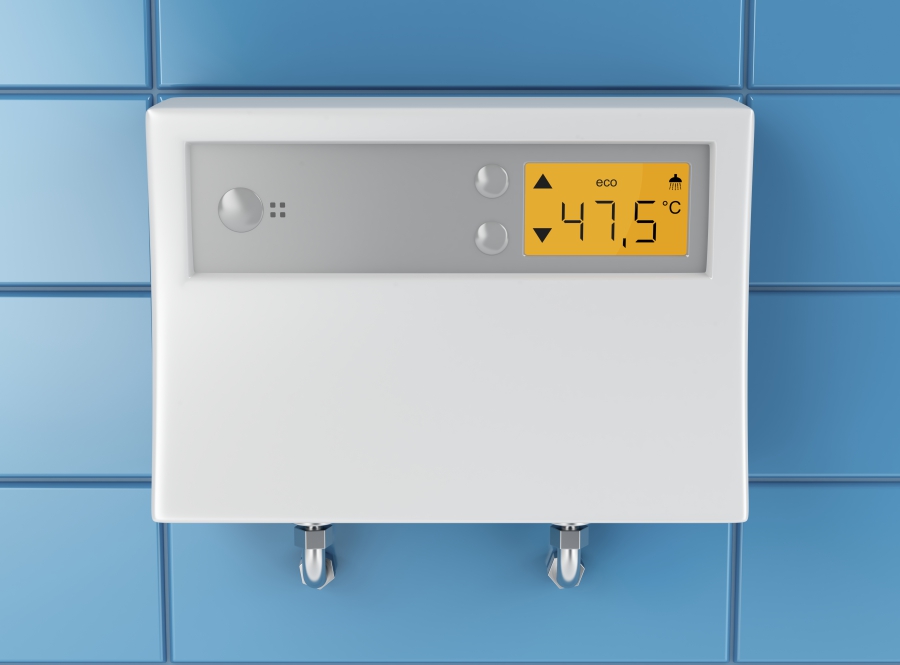Why You Should Winterize a Swamp Cooler – And How to Do It
A swamp cooler, also known as an evaporative cooler, can be a great alternative way to cool your home instead of traditional air conditioning. This type of cooling system can be exceptionally energy efficiency and simple to use. Of course, just like any HVAC system, a swamp cooler requires some regular maintenance to keep it working at peak performance and efficiency.

In this article, we’ll explain how in a few simple steps, you can prepare your swamp cooler for next summer.
Why it’s important to winterize a swamp cooler
If you’re not going to be using your swamp cooler in the winter months, it’s a good idea to “winterize” it and protect it from the elements. Leaving it exposed and idle can lead to internal metal parts rusting, the risk of it getting damaged by weather or debris, and heat loss from inside your home.
What you’ll need:
Wintering your swamp cooler is an easy DIY project. You only need a few common tools and materials you already have at your home or can be purchased at a home improvement store.
- Wrench
- Pliers
- Bucket
- Sponges or rags
- Shop vacuum (optional)
- Replacement evaporative pads (optional)
- Swam cooler cover
Steps for winterizing a swamp cooler:
- Shut off the water and disconnect the water supply line. The valve that controls the swamp cooler may be hidden, such as in a crawl space. Dump out any water that may still be in the line or remove the entire line and put it in storage.
- Drain the water from the base of the cooler. This is important to prevent damage or corrosion. Sometimes using a sponge to soak up the water is more effective than letting it drain out.
- Clean the cooler with a sponge. Remove dirt, mineral deposits, and other residues from the inside walls. If there are solid particles, you can use a shop vacuum to remove them.
- Optional – change the evaporative pads. This doesn’t have to be done until the spring but it’s not a bad idea to replace the pad now while it’s on your mind so you don’t forget later. Refer to your cooler’s manual for instructions on how to replace the evaporative pad.
- Cover the panel to protect it from weather, dirt, and other debris. We recommend a cooler cover that has side vents to allow for airflow, which can prevent condensation from building up underneath the cover.
- Block off the vent that goes inside your home. You can use a piece of plywood, cardboard, or insulation. Remove the vent cover, insert your choice of blocking material, then place the vent cover back on. This will prevent cooler air from leaking into your home.
Total home comfort
Regular maintenance is the key to keeping your home comfortable all year long. From plumbing to solar water heating systems, you can trust the team at Emergency Plumbing & Solar. We proudly serve all of Oahu and Maui islands. Call us today at (808) 691-9309.


